Analyzing the forces shaping global financial markets, from geopolitics to macroeconomics

Europe’s datacentre market is entering a high-growth phase, driven by accelerated AI adoption, cloud expansion, and the shift toward green power. With market value expected to nearly double by 2030, secondary markets, renewable integration, battery storage, advanced cooling, and digital infrastructure services are emerging as key value creation opportunities across the ecosystem.

India’s renewable energy and battery storage market faces persistent regulatory hurdles, delays in PPA signings, and grid integration challenges that may slow project execution and the achievement of 2030 targets.

Eninrac Lens: We decode the triple-revenue architecture (capacity + arbitrage + ancillary services), map the risk-reward reallocation between asset owners and off takers, and reveal how this framework metamorphoses storage from grid-support infrastructure into a balance-sheet-ready, revenue-assured investment class

Eninrac Consulting views co located BESS in India as a clear economic and grid requirement, supported by rising renewable targets and growing congestion. Hybrid solar plus storage plants deliver the highest value since energy shifting and peak support improve returns and strengthen grid supply.
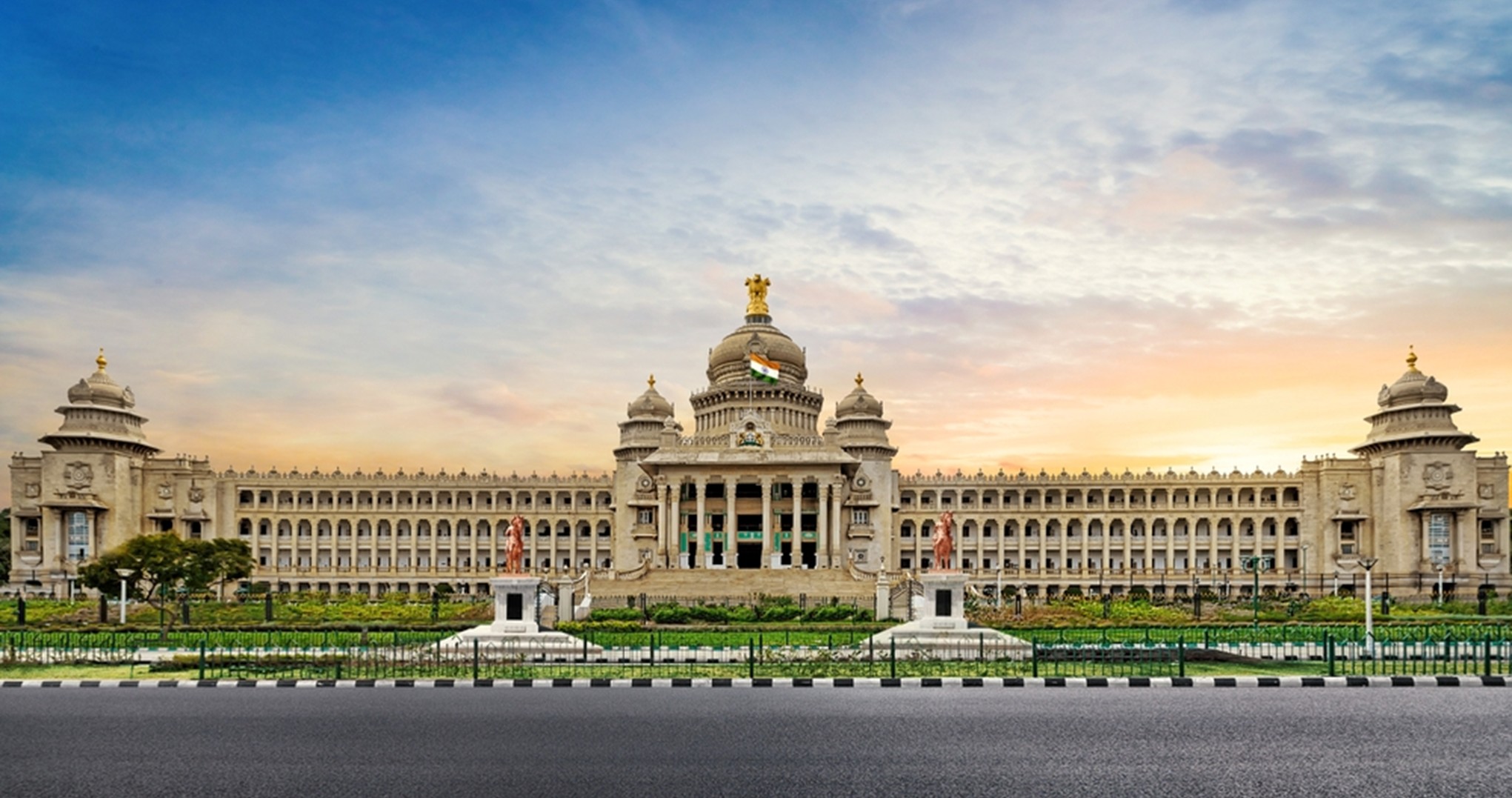
Eninrac Consulting has submitted detailed feedback on the Draft Electricity (Amendment) Bill, 2025, focusing on enhancing market reforms, regulatory clarity, and renewable energy integration to strengthen the power sector.
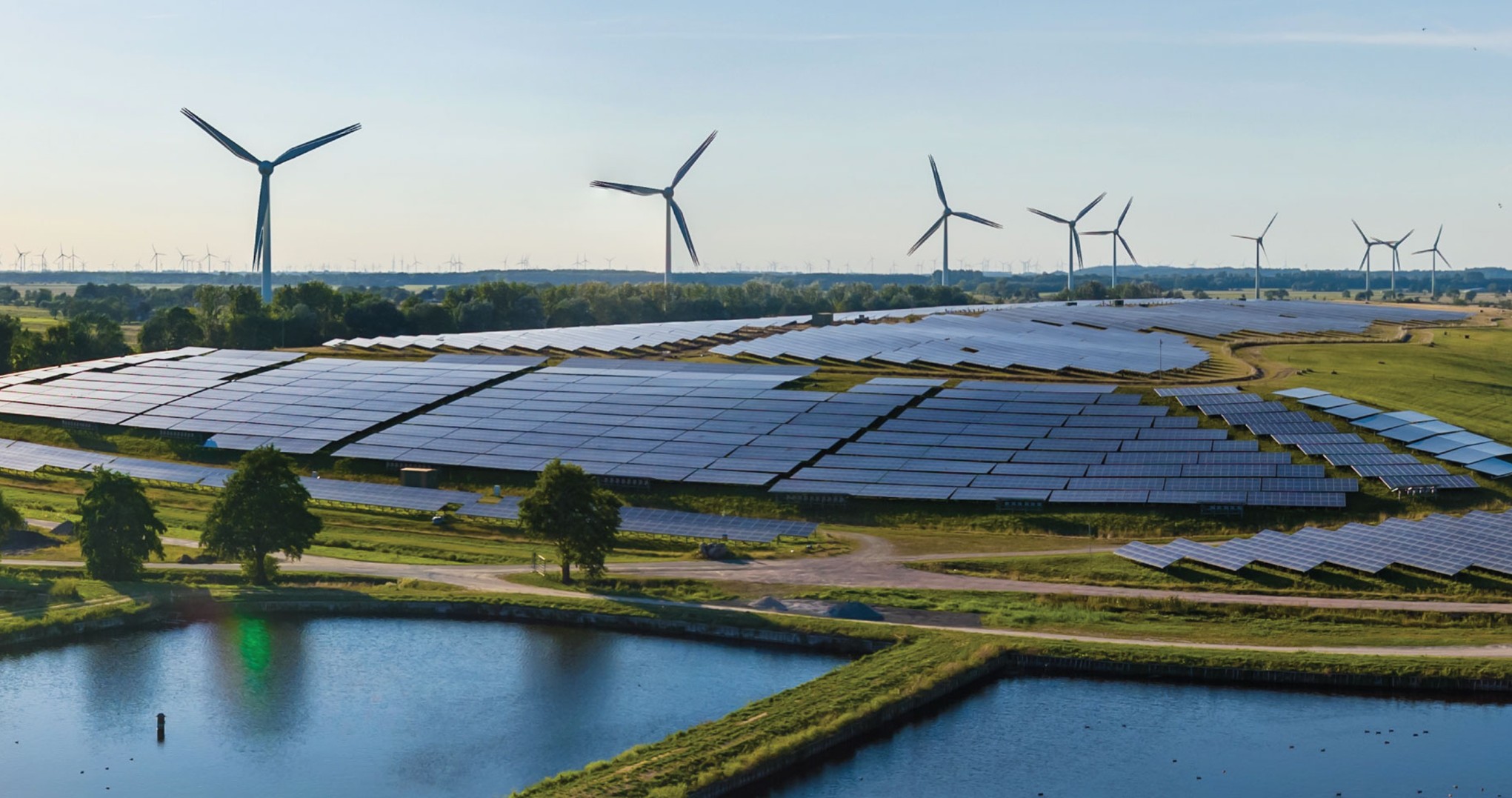
Eninrac Consulting analyzes India’s VPPA draft guidelines, highlighting key risks, challenges, and global best practices. The commentary offers actionable recommendations for RE generators, buyers, and policymakers to strengthen contract bankability and compliance.

India stands as the third-largest renewable energy market in the world, underscoring its strategic commitment to clean energy transition and climate resilience. As of June 2025, the country has achieved a cumulative installed renewable energy capacity of approximately 185 GW, which includes small hydroelectric power.

The Latin America and Caribbean region achieved a landmark in sustainable mobility in 2024, with its light electric vehicle (EV) fleet multiplying nearly threefold within a single year. From 249,079 units in June to 444,071 by December, this 78% surge witnessed over the past six months represents one of the world's fastest EV adoption curves for the region.
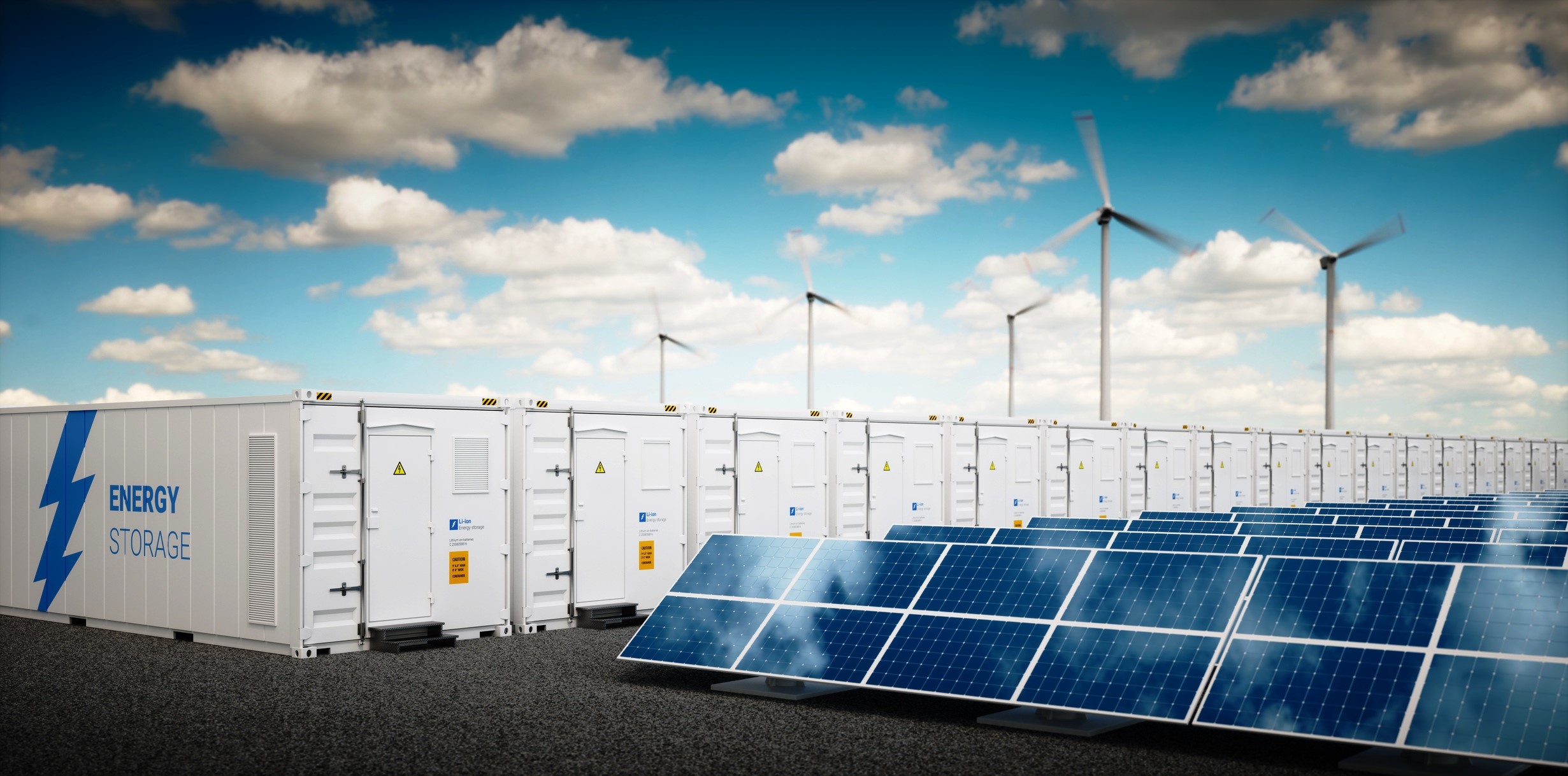
Analyzing the power demand-supply outlook across Indian states in the coming years, with a specific focus on the role of clean energy installations in shaping the energy landscape

Strategic assessment of the $200B global market in hydrogen storage materials, with India’s $25B opportunity in technology, policy, and manufacturing.

Shifting Dynamics in EU’s Solar Growth with Utility Scale Surges by 45% while Rooftop Advanced by 12% from 2023 to 2024
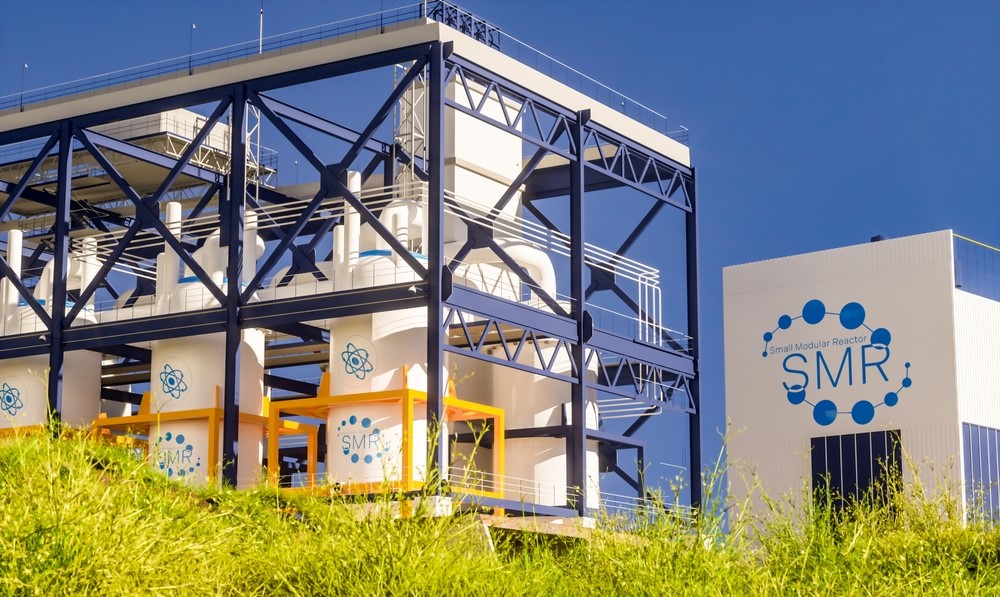
India’s path to a low-carbon, energy-secure future is increasingly tied to its ability to diversify beyond coal and integrate clean baseload options. As of 2025, Small Modular Reactors (SMRs) have emerged as a viable, scalable, and policy-aligned option to complement large reactors and intermittent renewables, serving both grid and off-grid applications.

Explore India’s National Green Hydrogen Mission and its global competitiveness against the US, EU, Gulf nations, and China. Discover key metrics, funding gaps, production cost disparities, and strategic challenges in India’s quest to become a global hydrogen hub.

India has launched the National Green Hydrogen Mission (NGHM) with an outlay of ₹19,744 crore (~$2.4 billion) to position itself as a global leader in green hydrogen production and export.

Australia witnessed a sale of 114,273 EVs during 2024. Of this 91,293 were BEVs while 22,980 were PHEVs, which indicated a rise of 17% from the sales witnessed in 2023. The top 10 selling models for EV during 2024 that attributed to this growth were – Tesla Model Y (21253 units), Tesla Model 3 (17094 units), MG MG4 (6934 units), BYD Seal (6393 units), BYD Atto 3 (5751 units), BMW iX1 (2618 units), Volvo EX30 (2129 units), BYD Dolphin (2116 units), BMW i4 (2062 units), Kia EV6 (1785 units).

As of January 2025, India’s solar power installed capacity has reached 100.1 GW, reflecting a significant addition of approximately 25.8 GW between January 2024 and January 2025.

The document outlines the Domestic Content Requirement (DCR) norms for Solar PV Cells issued by the Ministry of New and Renewable Energy (MNRE), effective as of the latest update.

The Draft Fourth Amendment to the CERC Connectivity and General Network Access (GNA) Regulations, 2025, introduces significant changes aimed at improving transmission system efficiency, optimizing renewable energy integration, and ensuring stricter compliance mechanisms. A key focus is the introduction of "Restricted Access" entities, which applies to Renewable Energy Generating Stations (REGS) and Energy Storage Systems (ESS) with limited injection scheduling rights based on solar and non-solar hours.

As of January 2025, NewZealand boasted an EV fleet of 116,355. Of this, 35,734 were PHEV while BEVs stood at 80,621. During a period from Jan-Dec’2024 a total of 6542 new BEVs & 3484 new PHEVs were registered in the country.

E-buses are one of the emerging technologies that offer opportunities to design an efficient transport system in terms of technology and fuel shift and economic incentives that can strongly contribute to economic transformation.

Tariff-Based Competitive Bidding Guidelines for the procurement of storage capacity or stored energy from Pumped Storage Plants (PSPs), issued by the Ministry of Power (MoP), India aims to support India's energy transition by enhancing grid stability, integrating renewable energy sources, and reducing peak-time electricity costs. The guidelines establish a transparent, standardized framework for procurement, ensuring fair risk-sharing among stakeholders, including developers, procurers, financial institutions, and regulatory bodies.
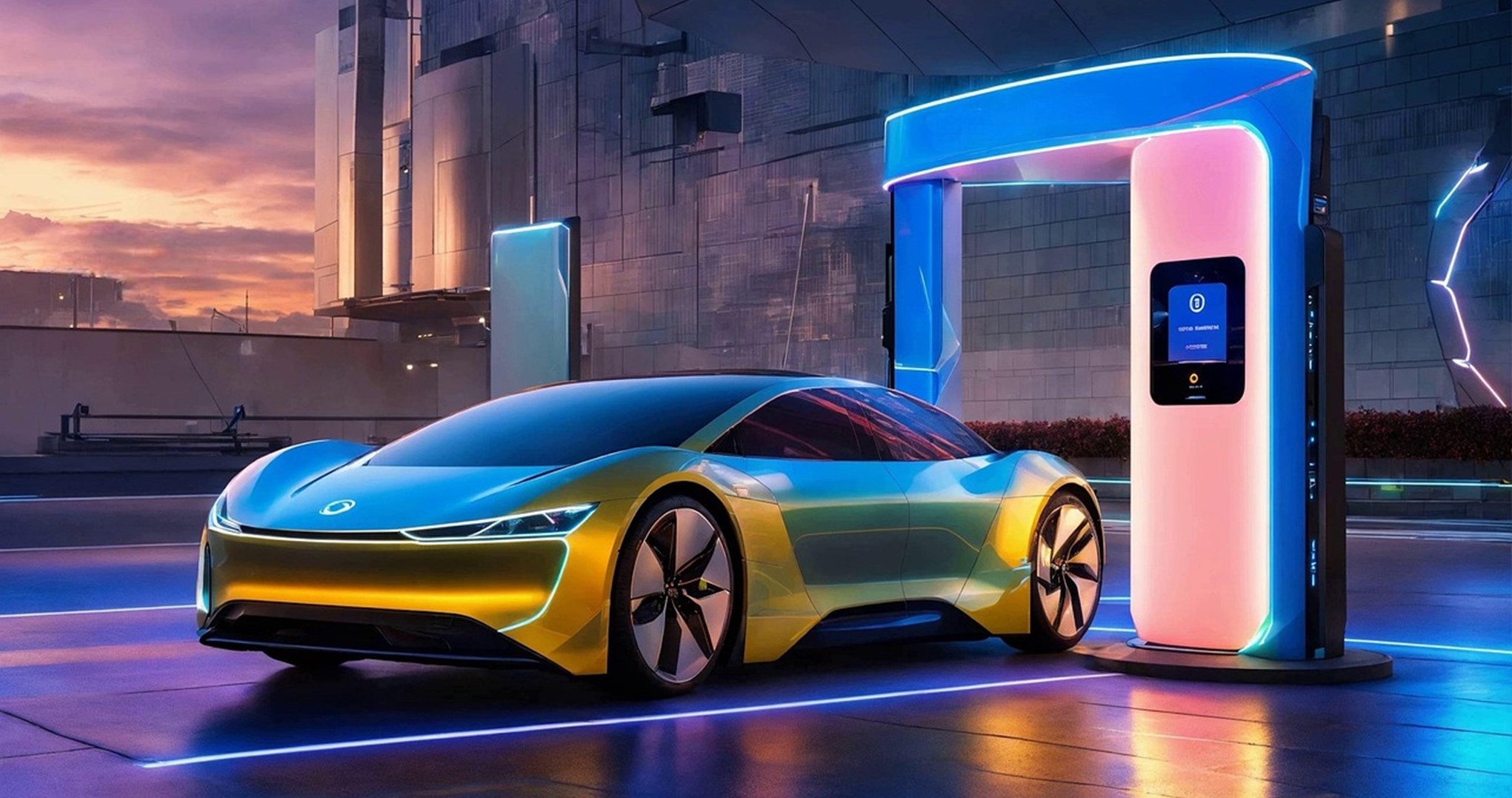
To boost the EV production in the country, the Government of South Africa announced that companies that invest in the production of electric vehicles (EVs) or hydrogen fuel cell vehicles in the country would be able to claim a 150% tax deduction on these investments, beginning in March 2026.

Morocco’s role in making Africa epicenter of global electric mobility production & trade Investment scenario in Morocco for scaling the production of EVs & EV batteries
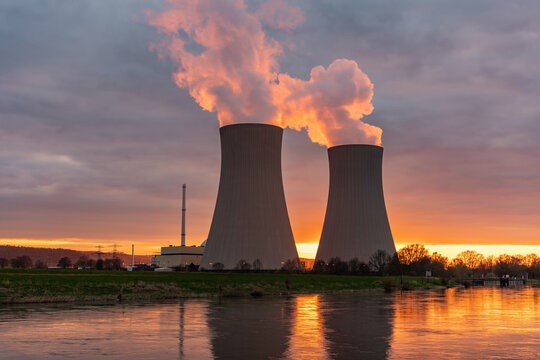
The Union Budget 2025-26 outlines a significant push towards nuclear energy as part of India's long-term energy transition strategy. The government has set an ambitious target of 100 GW nuclear power capacity by 2047, positioning nuclear energy as a major pillar in India's energy mix.
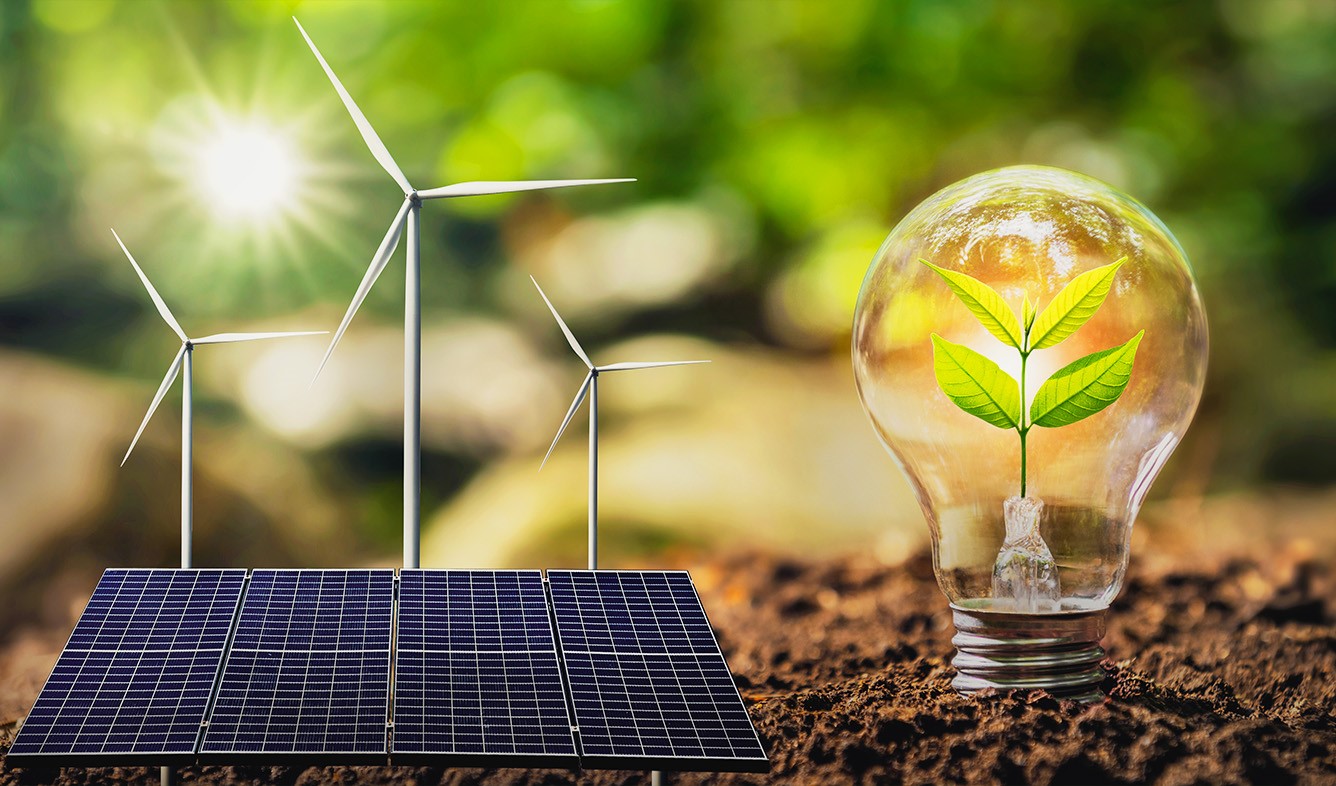
The allocations for PM Surya Ghar Muft Bijli Yojana and PM Kusum Scheme has seen increase from 2024-25 due to positive response for these scheme shown by the country. PM SGMBY has helped increase the adoption of solar rooftop across the country.
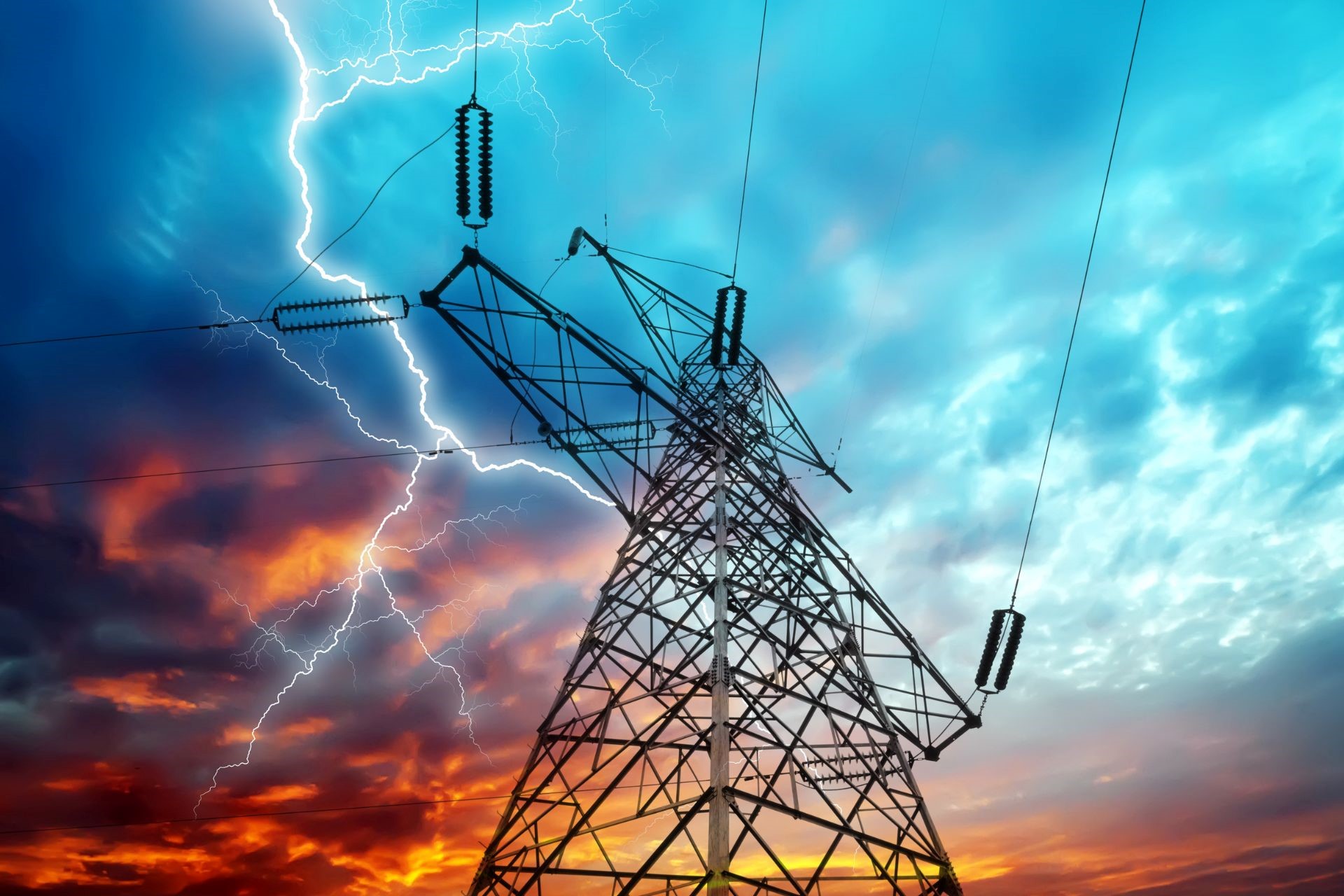
Ministry of Power Expenditure Budget 2025 Breakdown: Sectoral Allocations and Market Insights, Breakdown of Budgetary Allocations for power generation, transmission & distribution
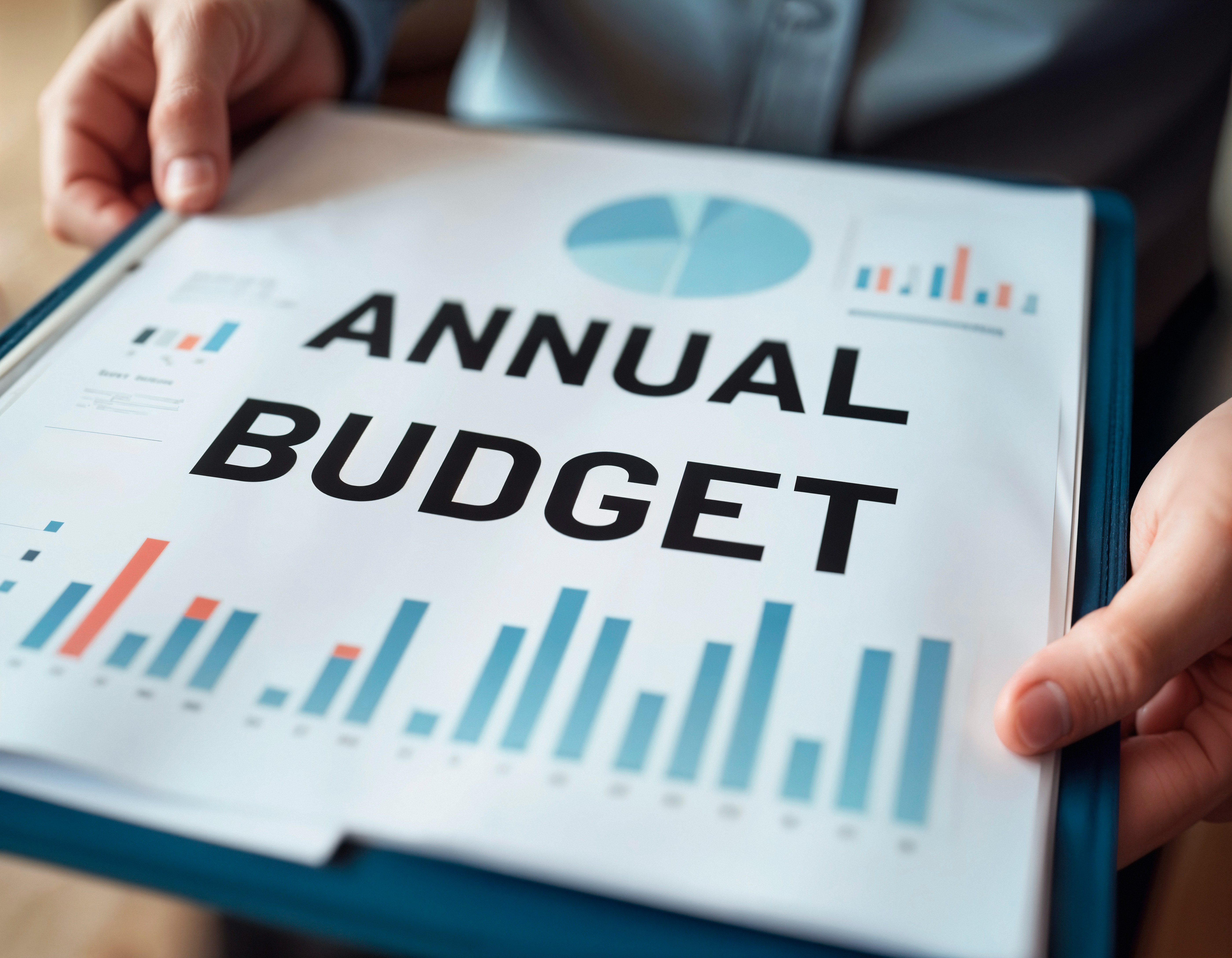
Budget 2025 boosts thermal efficiency, modernizes grids, and strengthens DISCOM financial stability
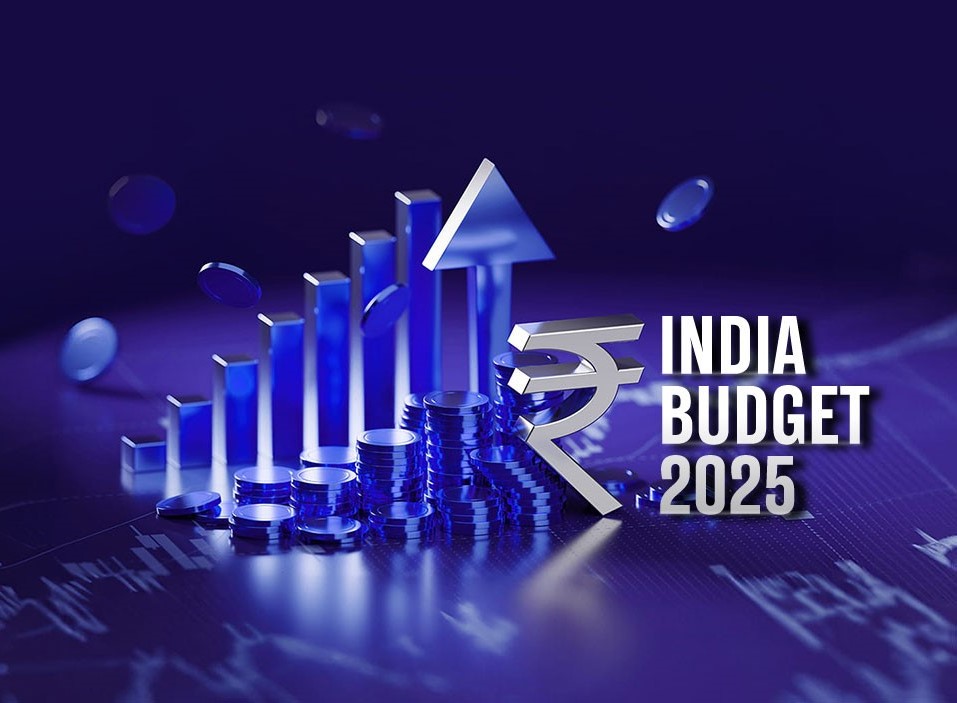
Comprehensive Analysis of India’s Union Budget 2025: Key Announcements and Sectoral Allocations, Budget 2025 Breakdown: Sectoral Allocations, Economic Roadmap, and Market Insights
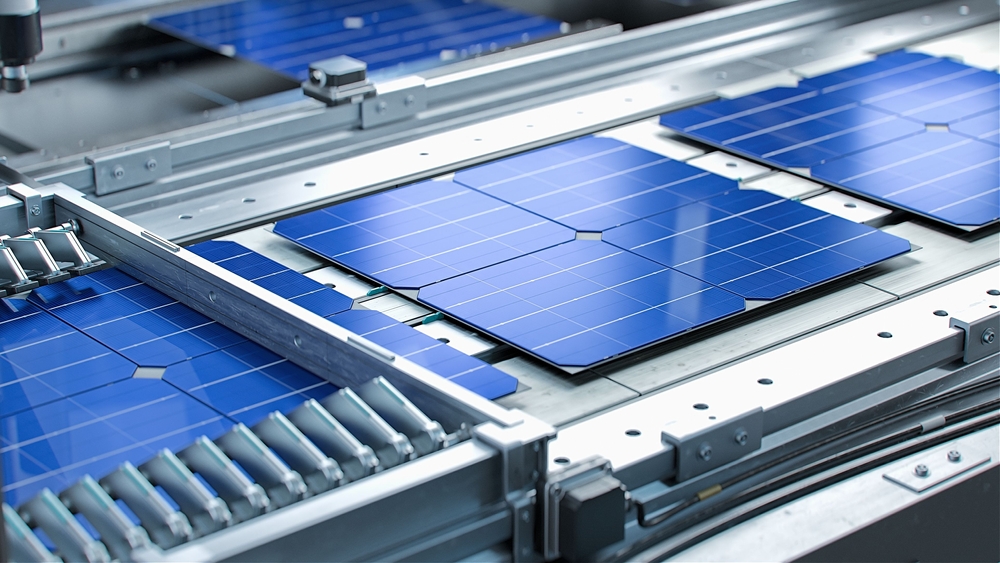
The Ministry of New and Renewable Energy (MNRE) has issued a critical notification, the Solar Systems, Devices, and Components Goods Order, 2025, introducing revised efficiency and compliance standards for solar photovoltaic (PV) components in India.

It is indeed true that the initial excitement or buzz around green hydrogen business in India stands reduced with the initial enthusiasm from companies of all sizes entering India's green hydrogen sector has diminished, leading to a landscape increasingly dominated by large corporations.

The Telangana Electricity Regulatory Commission (TSERC) has received proposals from the Telangana distribution companies (TGDISCOMS), namely the Southern Power Distribution Company of Telangana Limited (TGSPDCL) and the Northern Power Distribution Company of Telangana Limited (TGNPDCL).
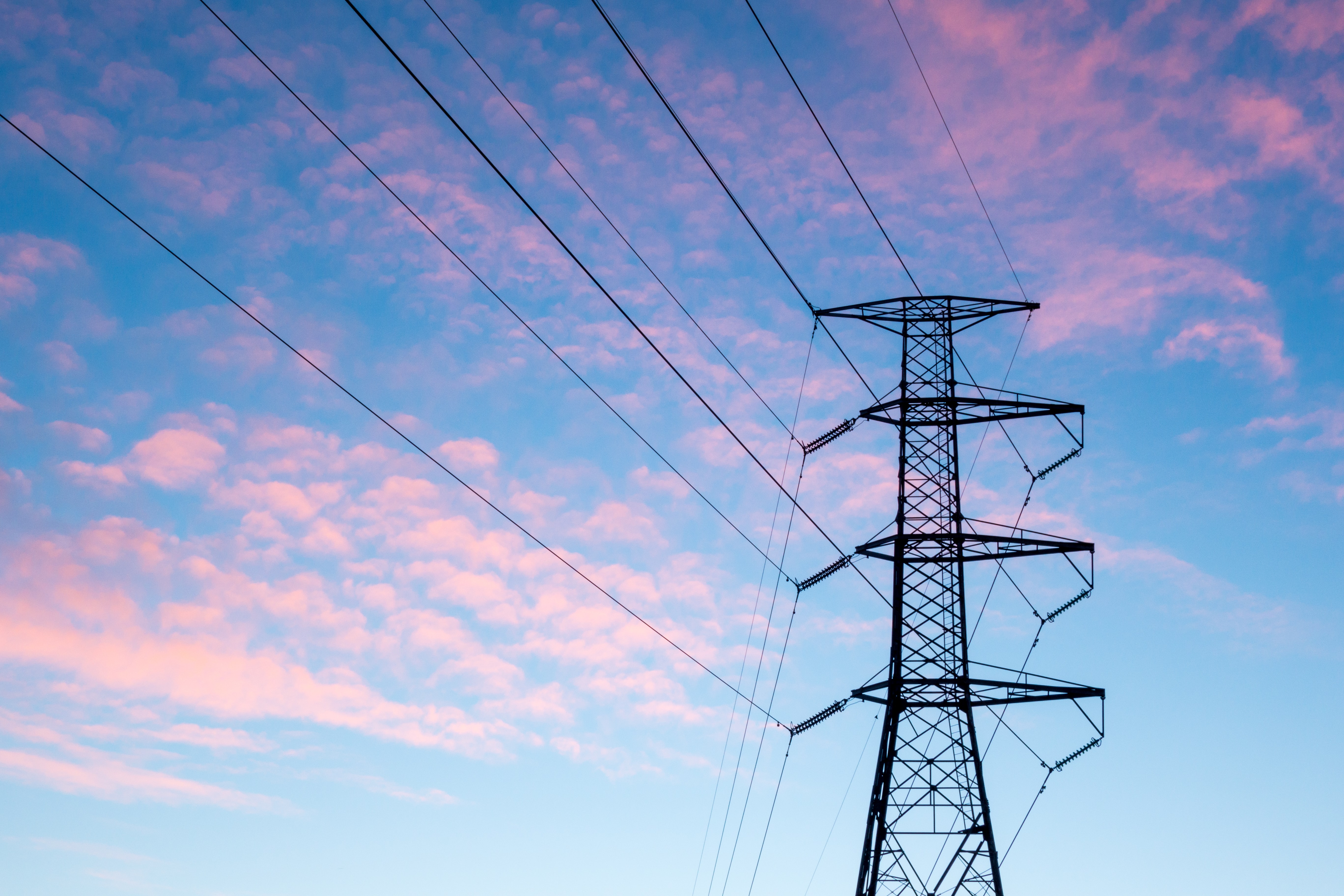
Eninrac’s insights upon Recovery of legacy dues in the Deviation Settlement Mechanism (DSM) Pool Account in pursuance of DSM Regulations, 2024. NLDC’s communication reflects ambiguity in the minds of some of the discoms about the order dated 15.10.2024
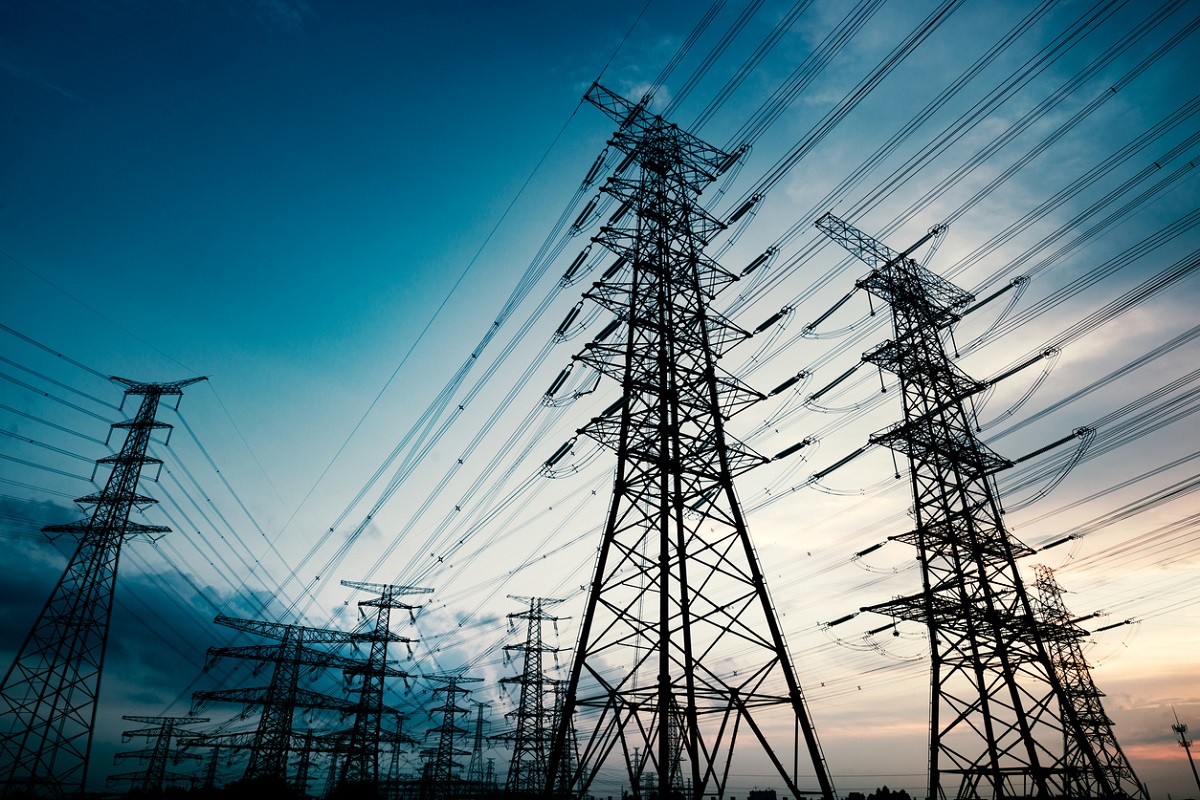
The draft regulations aim to establish a robust ancillary services framework to ensure grid reliability, operational efficiency, and frequency stability amidst growing renewable energy penetration and demand complexities. These regulations apply to intra-state entities, including power generators, transmission and distribution licensees, and entities with energy storage or demand-response capabilities.
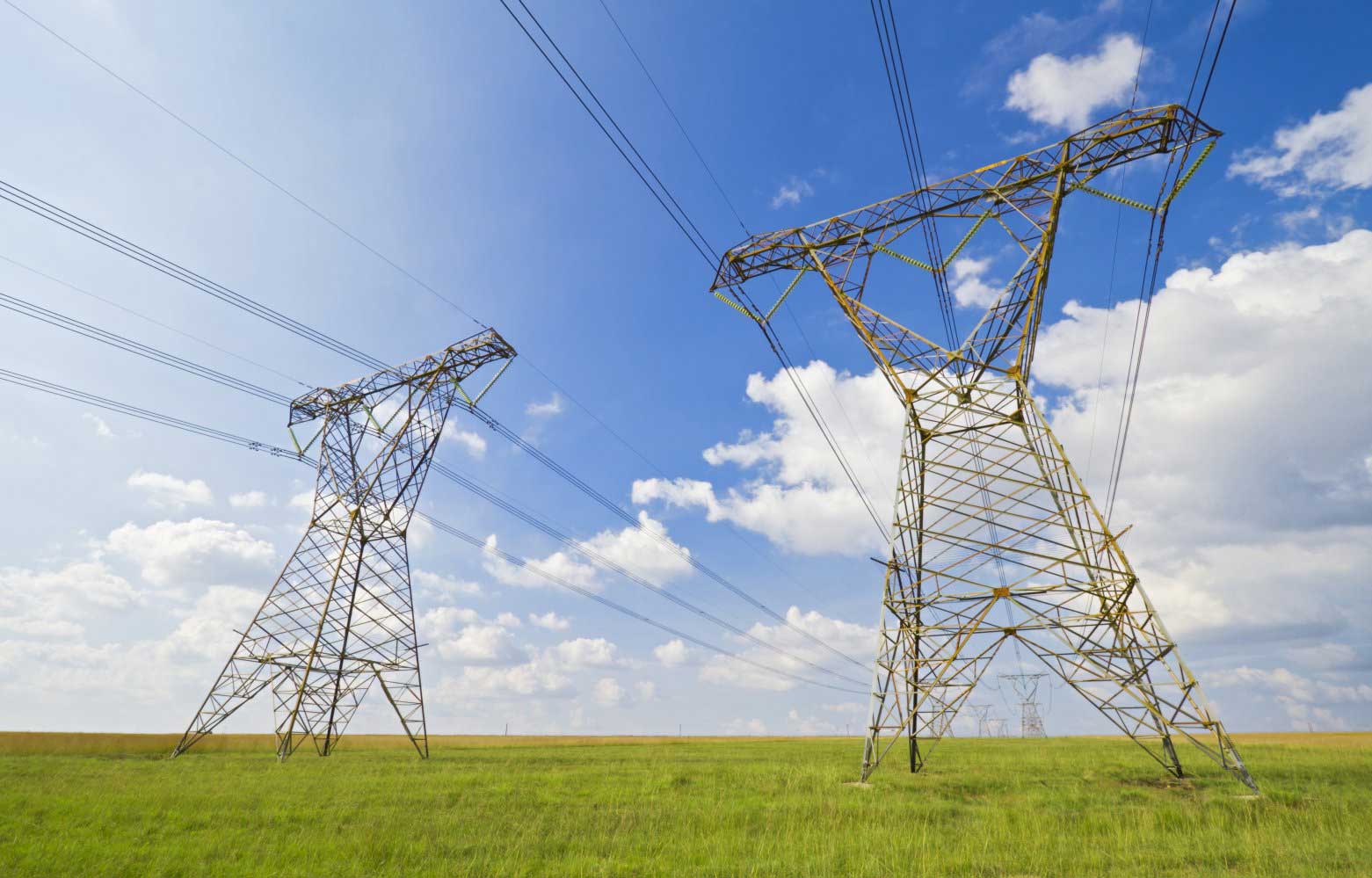
Eninrac Insight: Analysing the impacts of the provided order (Petition No. 11/SM/2024) dated 22nd December 2024, by the Central Electricity Regulatory Commission (CERC) involves understanding the broader consequences on various stakeholders involved in the electricity generation and distribution ecosystem. The impact upon each stakeholder is enlisted

The key objective of the article is to understand the opportunity for BTM BESS application in India for C&I Consumers requirement from 30 kWh to 10 MWh and FTM application of more than 10 MWh. The growing penetration of variable renewable energy in GRID for energy transition shall be a challenge to cater for India in by 2032.